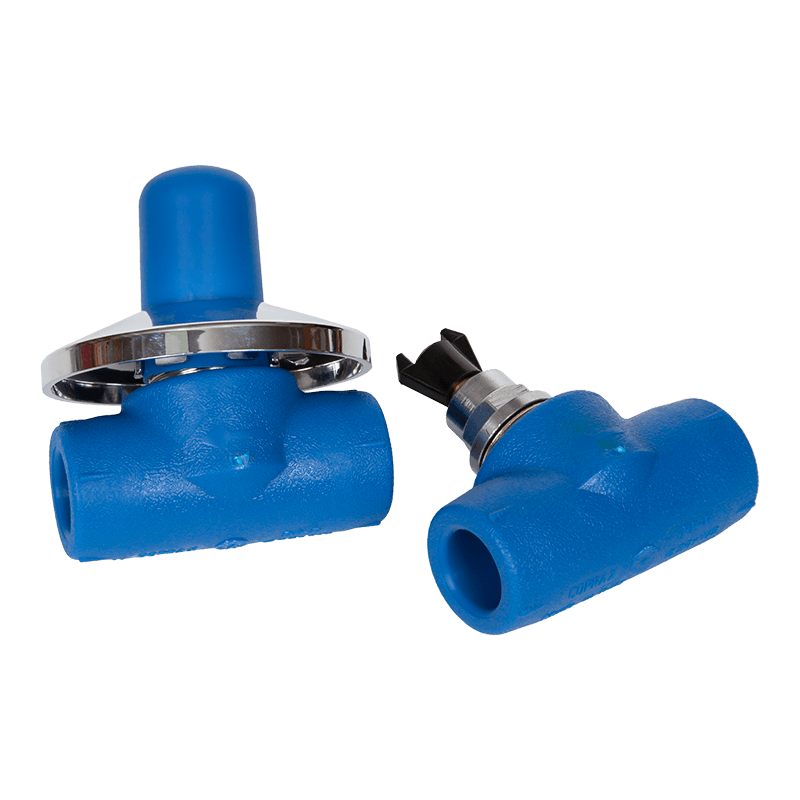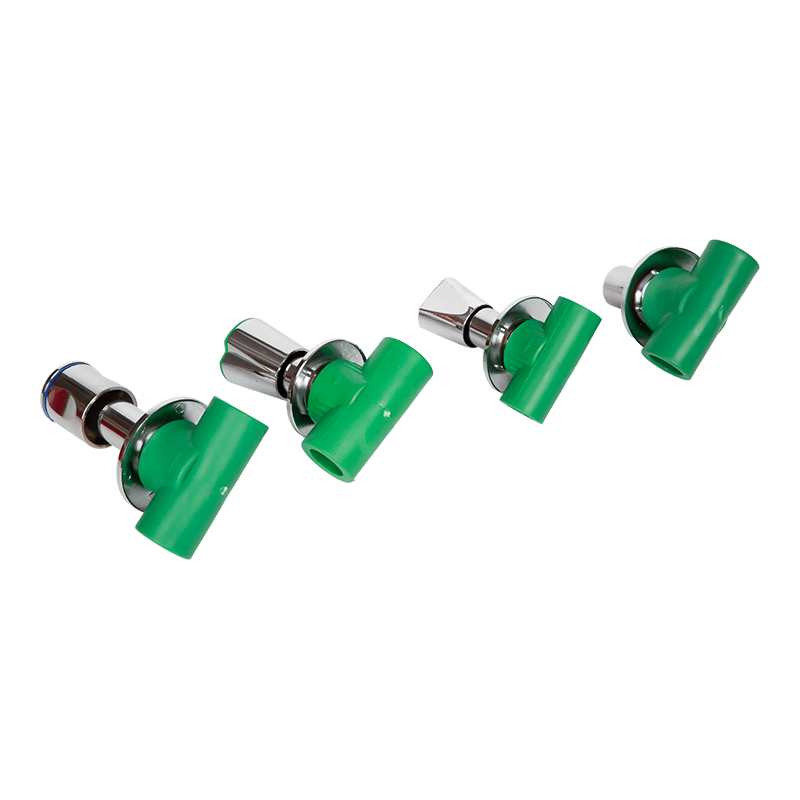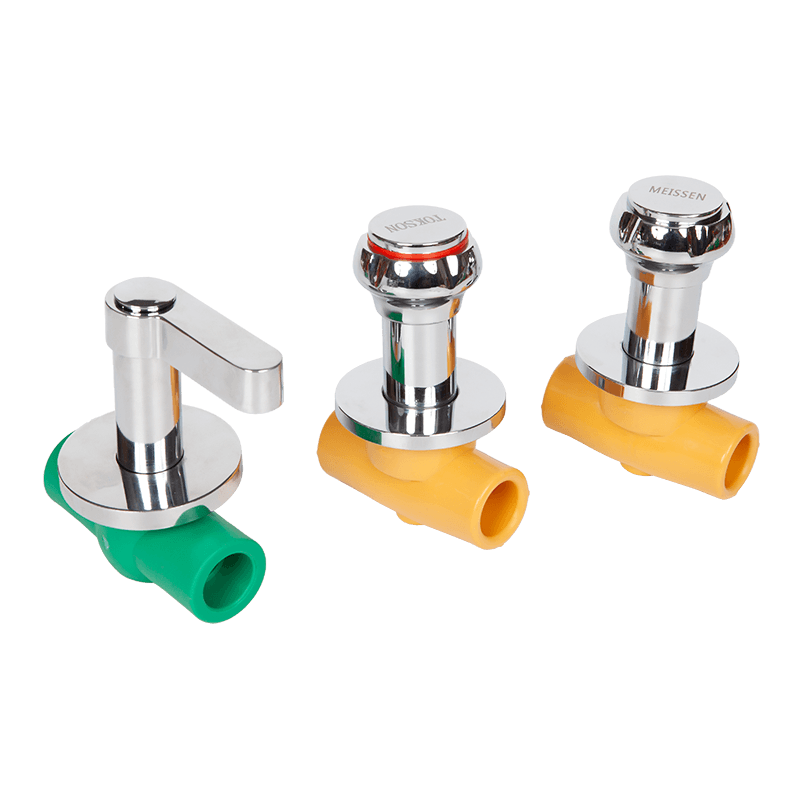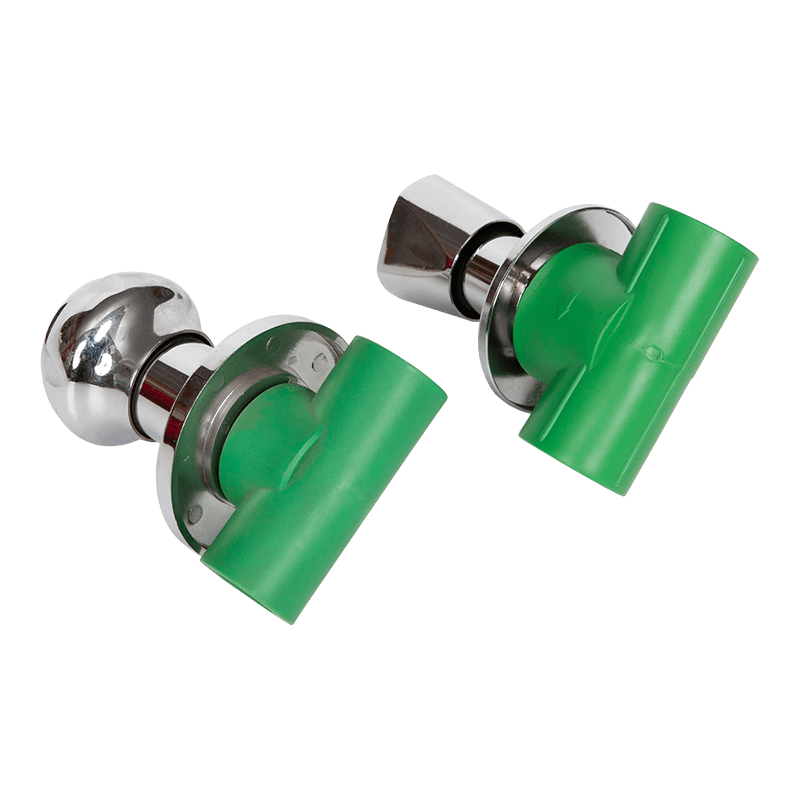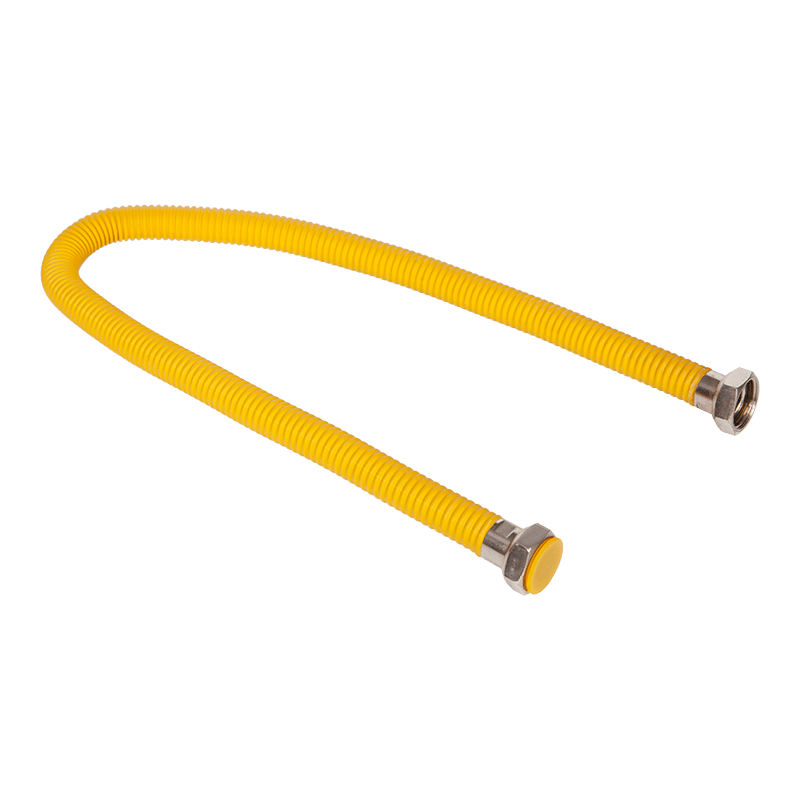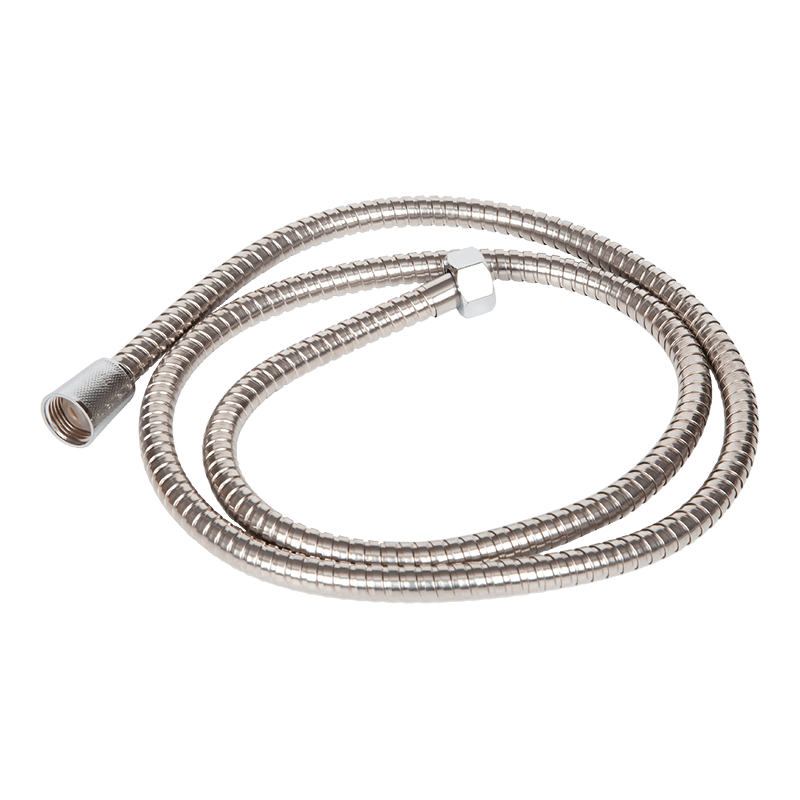Are There Any Special Coatings or Treatments for Brass Ball Valves to Enhance Their Corrosion Resistance?
Brass ball valves are commonly used in various industries, including water treatment, heating systems, and gas pipelines, because of their durability, versatility, and cost-effectiveness. However, like any metallic component, brass is prone to corrosion, especially when exposed to harsh environments, moisture, or chemicals. Corrosion can significantly impact the performance and lifespan of brass ball valves, potentially leading to valve failure or leaks. To address this issue, manufacturers have developed several coatings and treatments designed to enhance the corrosion resistance of brass ball valves. In this article, we will explore the different types of coatings and treatments available for brass ball valves, their effectiveness in preventing corrosion, and how they can help improve the longevity and reliability of these valves in various applications.
Understanding Corrosion in Brass
Corrosion is a natural process that occurs when metals interact with environmental elements such as moisture, oxygen, and certain chemicals. In the case of brass, which is primarily composed of copper and zinc, corrosion can take the form of tarnishing, pitting, or the formation of greenish deposits commonly known as "verdigris." This corrosion is often accelerated in environments with high humidity, exposure to saltwater, or acidic conditions. While brass is inherently more resistant to corrosion compared to some other metals, its susceptibility to degradation can still lead to performance issues, particularly when used in industrial or marine environments.
The corrosion process can cause the valve's surface to weaken, impair its functionality, and reduce its overall service life. In the case of brass ball valves, corrosion can affect both the exterior surfaces of the valve body and the internal components such as the ball, stem, and seat. Therefore, enhancing the corrosion resistance of these valves is crucial for ensuring reliable operation and minimizing maintenance costs over time.
Coatings and Treatments for Brass Ball Valves
Several coatings and surface treatments can be applied to brass ball valves to improve their corrosion resistance. These coatings are designed to provide a protective layer on the surface of the valve, preventing direct contact with corrosive elements and extending the valve's lifespan. Below are some of the most commonly used coatings and treatments for enhancing the corrosion resistance of brass ball valves.
Electroplating
Electroplating is a widely used technique for applying a thin layer of metal to the surface of brass ball valves. This process involves using an electrical current to deposit a layer of metal, such as nickel or chrome, onto the brass surface. Electroplating enhances the corrosion resistance of brass by providing a protective barrier that shields the brass from environmental factors such as moisture, chemicals, and saltwater.
Nickel plating is one of the most commonly used methods in electroplating, as nickel offers excellent corrosion resistance, particularly in acidic or salty environments. Chrome plating, on the other hand, provides a smooth, durable surface that resists scratches and abrasion. Both nickel and chrome electroplating can significantly improve the longevity of brass ball valves, especially in industries such as water treatment, oil and gas, and marine applications, where corrosion is a frequent concern.
Ceramic Coating
Ceramic coatings are another popular option for improving the corrosion resistance of brass ball valves. These coatings are applied to the surface of the valve using various methods, such as spray coating or dip coating. Ceramic coatings form a hard, inert layer on the valve surface that protects it from chemical attacks, abrasion, and corrosion caused by environmental factors.
Ceramic coatings are particularly effective in high-temperature and high-pressure applications, as they can withstand extreme conditions without degrading. These coatings are also resistant to oxidation and can provide long-lasting protection against corrosion in aggressive environments such as chemical processing plants or geothermal systems. Ceramic coatings can be applied in a variety of thicknesses, depending on the specific needs of the application.
Polymer Coating
Polymer coatings, such as epoxy or polyurethane, are often used to provide a protective layer on brass ball valves, particularly in environments where chemical resistance is crucial. These coatings are applied as a liquid and cure to form a hard, durable surface that acts as a barrier against corrosive substances. Polymer coatings are often used in water treatment, food processing, and pharmaceutical industries, where the valves are exposed to a variety of chemicals and liquids.
Epoxy coatings are particularly well-suited for applications where the valve is exposed to water or other aqueous environments. These coatings are highly resistant to corrosion caused by moisture, saltwater, and chemicals commonly found in industrial settings. Polyurethane coatings, on the other hand, offer excellent abrasion resistance, making them ideal for valves that are exposed to wear and tear, such as those used in pumping systems or mining operations.
Passivation Treatment
Passivation is a chemical treatment process that enhances the corrosion resistance of brass by removing impurities and forming a protective oxide layer on the surface. This process involves immersing the brass valve in an acid solution, which removes surface contaminants such as oils, oxides, and dirt. Once the contaminants are removed, the surface forms a thin, passive oxide layer that acts as a barrier against corrosion.
Passivation is commonly used for brass ball valves in environments where the valve will be exposed to water or mild chemicals. This treatment is particularly effective in preventing corrosion from forming in low-oxygen environments or in applications where the valve is exposed to mild acids. Passivation is a cost-effective way to improve the corrosion resistance of brass valves without the need for additional coatings or treatments.
Zinc Coating (Galvanization)
Galvanization, or the application of a zinc coating to the surface of brass ball valves, is another treatment method used to enhance corrosion resistance. Zinc is more corrosion-resistant than brass in certain environments, particularly when exposed to moisture or saltwater. When brass valves are galvanized, the zinc coating acts as a sacrificial anode, meaning that it corrodes in place of the underlying brass, thus protecting the valve from direct exposure to corrosive elements.
Zinc-coated brass ball valves are commonly used in outdoor and marine applications, where the valve may be exposed to saltwater and other corrosive agents. Galvanized brass valves offer an additional layer of protection that can extend the valve's service life in harsh environments. However, it is important to note that the effectiveness of galvanization may depend on the thickness of the zinc coating and the specific environmental conditions to which the valve is exposed.
Comparison of Coatings and Treatments
| Coating/Treatment | Corrosion Resistance | Temperature Resistance | Application Areas |
|---|---|---|---|
| Electroplating (Nickel/Chrome) | Excellent resistance to corrosion in acidic and saline environments | High temperature resistance | Water treatment, oil & gas, marine applications |
| Ceramic Coating | Exceptional resistance to chemical and physical wear | Very high temperature resistance | Chemical processing, geothermal systems, high-pressure systems |
| Polymer Coating (Epoxy/Polyurethane) | Good resistance to moisture and chemicals | Moderate temperature resistance | Water treatment, pharmaceutical, food processing |
| Passivation | Effective in mild chemical environments | Moderate temperature resistance | General industrial use, mild chemical exposure |
| Zinc Coating (Galvanization) | Good protection in saline and wet environments | Moderate temperature resistance | Marine, outdoor, and industrial environments |

 LANGUAGE
LANGUAGE  English
English русский
русский 中文简体
中文简体
